15 kinds of popular biryanis from India every biryani lover should know about!
The masses love it, politicians woo voters with it, and festivals are incomplete without it – the delicious biryani is the favourite of all. India has a wide variety to choose from when it comes to this royal dish. Top chefs have been tinkering with the distinctive features of each biryani and what makes them special, over a period of time creating their own signature styles. From a foodie to a critic everyone has an opinion on how biryanis should taste. But biryanis have been forever evolving, the flavors and taste often depend on spices, cooking techniques, ingredients, culture and its local gastronomic history.
Here are a few popular biryanis from across India that every rice or biryani lover should know about.
Hyderabadi Biryani (Andhra Pradesh)
Hyderabadi biryani is one of the most popular dishes in south India. For many home cooks and chefs, this dish from Mughlai cuisine is quite a challenge to make, and each has his unique way of spicing it up. What makes it stand out is the usage of saffron and coconut. This biryani is cooked in layers – the most challenging part in its creation. While most other biryanis are always dominated by mutton and chicken gravy, here the saffron mixed-rice takes over. Serve it with brinjal gravy.
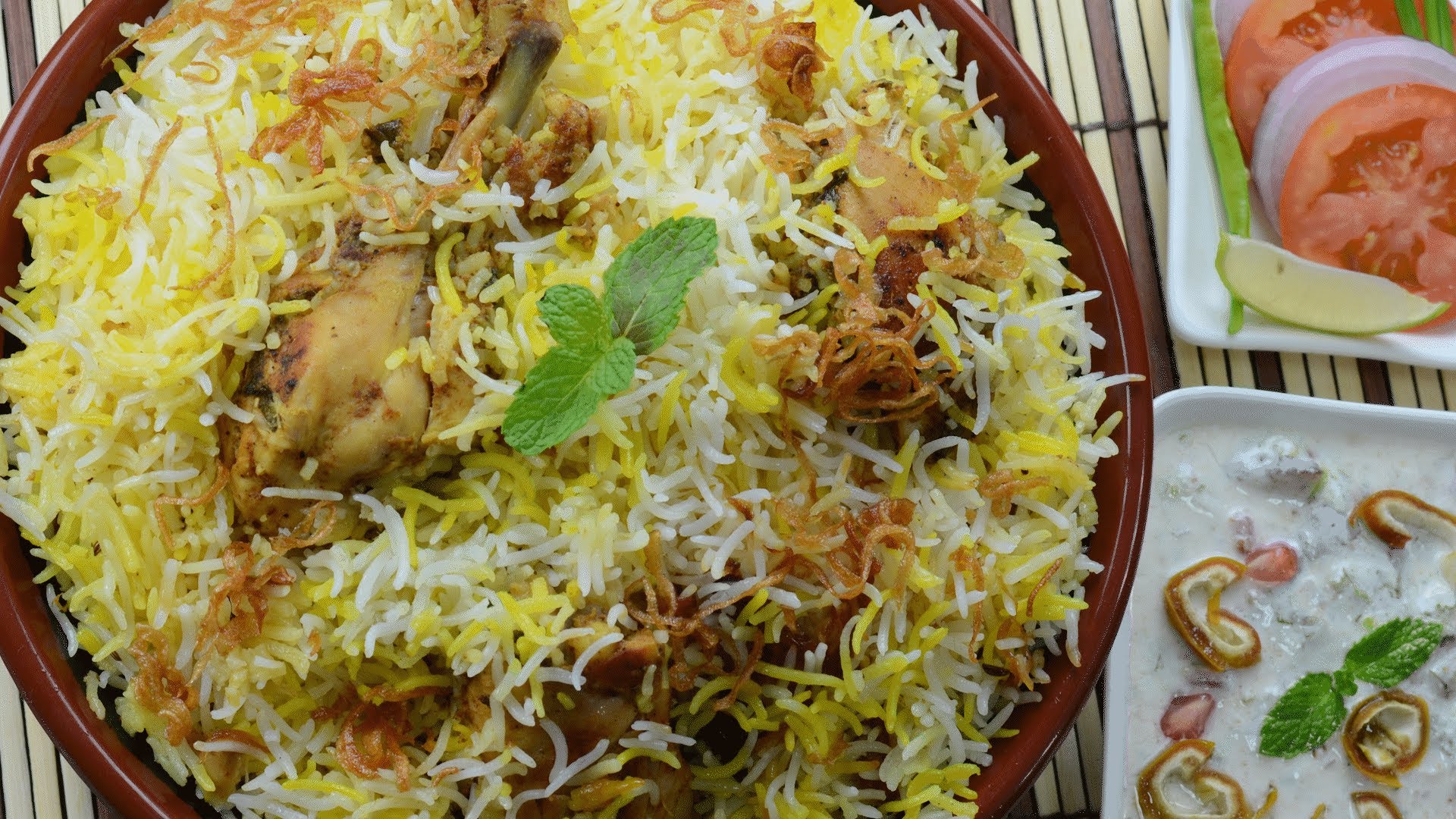
Hyderabadi Biryani
Kalyani Biryani (Andhra Pradesh)
Also known as the ‘poor man’s Hyderabadi biryani’, this variant is from the Bidar region of Karnataka. The Kalyani Nawabs of Bidar were stripped of their estates by the British and one of the recently-unemployed royal cooks set up a biryani shop, and named his creation the Kalyani Biryani. The Kalyani Biryani has full-sized chunks of buffalo meat, and is flavoured with cumin seeds, coriander seeds and tomatoes, making it very different from the succulent mutton and saffron flavoured Hyderabadi Biryani. It is spicy and flavourful, robust, and is a far cry from the subtleties of the Mughlai or the Hyderabadi Biryani.
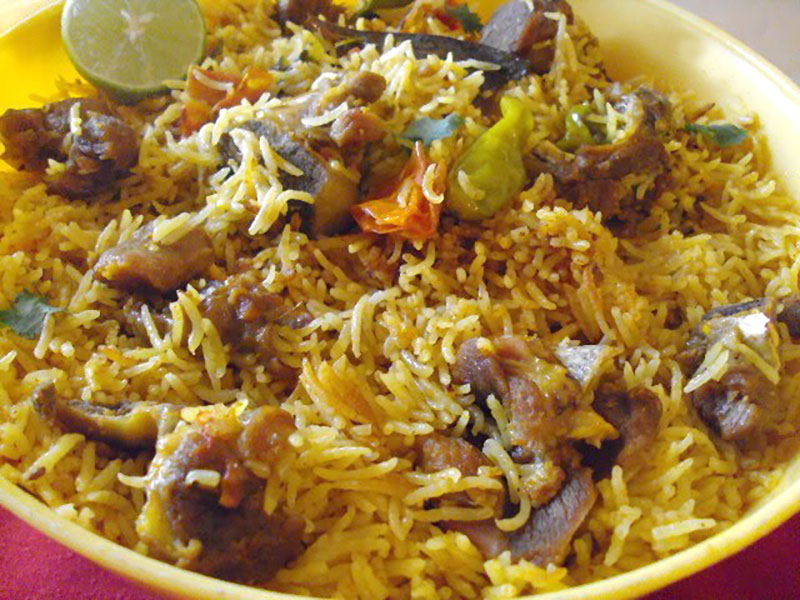
Kalyani biryani
Doodh ki Biryani (Andhra Pradesh)
A complete opposite of the more popular, spicy Hyderabadi biryani, doodh ki biryani also originates in Hyderabad, but is flavoured with creamy milk, roasted nuts and minimal spices, making for a very delicate flavour, far removed from most of the fiery biryani you will find in Hyderabad and other parts of South India.
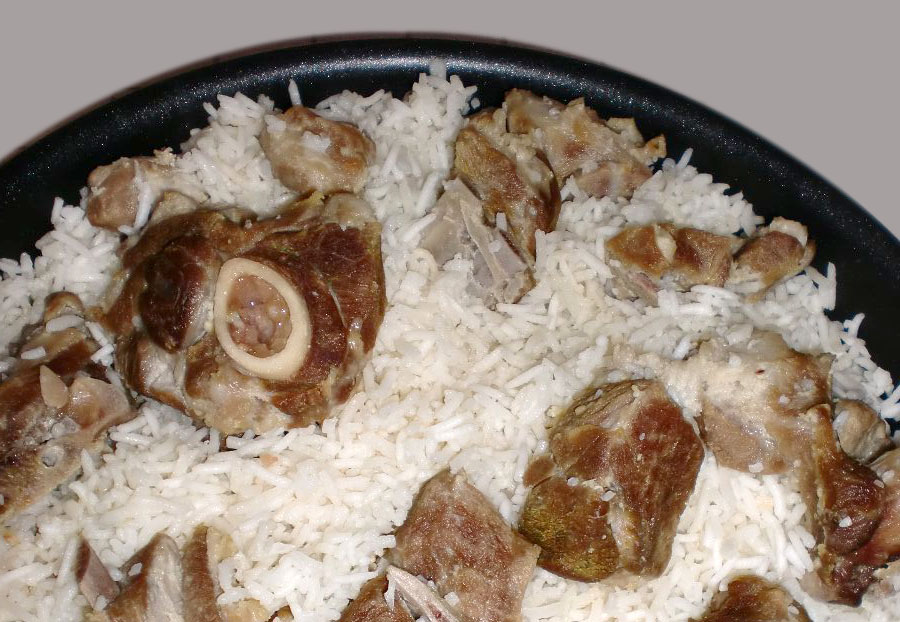
Doodh ki biryani
Dindigul Biryani (Tamil Nadu)
This one’s a favourite in Chennai with many outlets dedicatedly serving just Dindigul biryani.The rice used in it is very different – jeera samba rice instead of Basmati, giving it an entirely new flavour. The biryani also uses cube-sized muttonchicken pieces instead of big chunks. Apart from the usual masala, a lot of pepper is used.
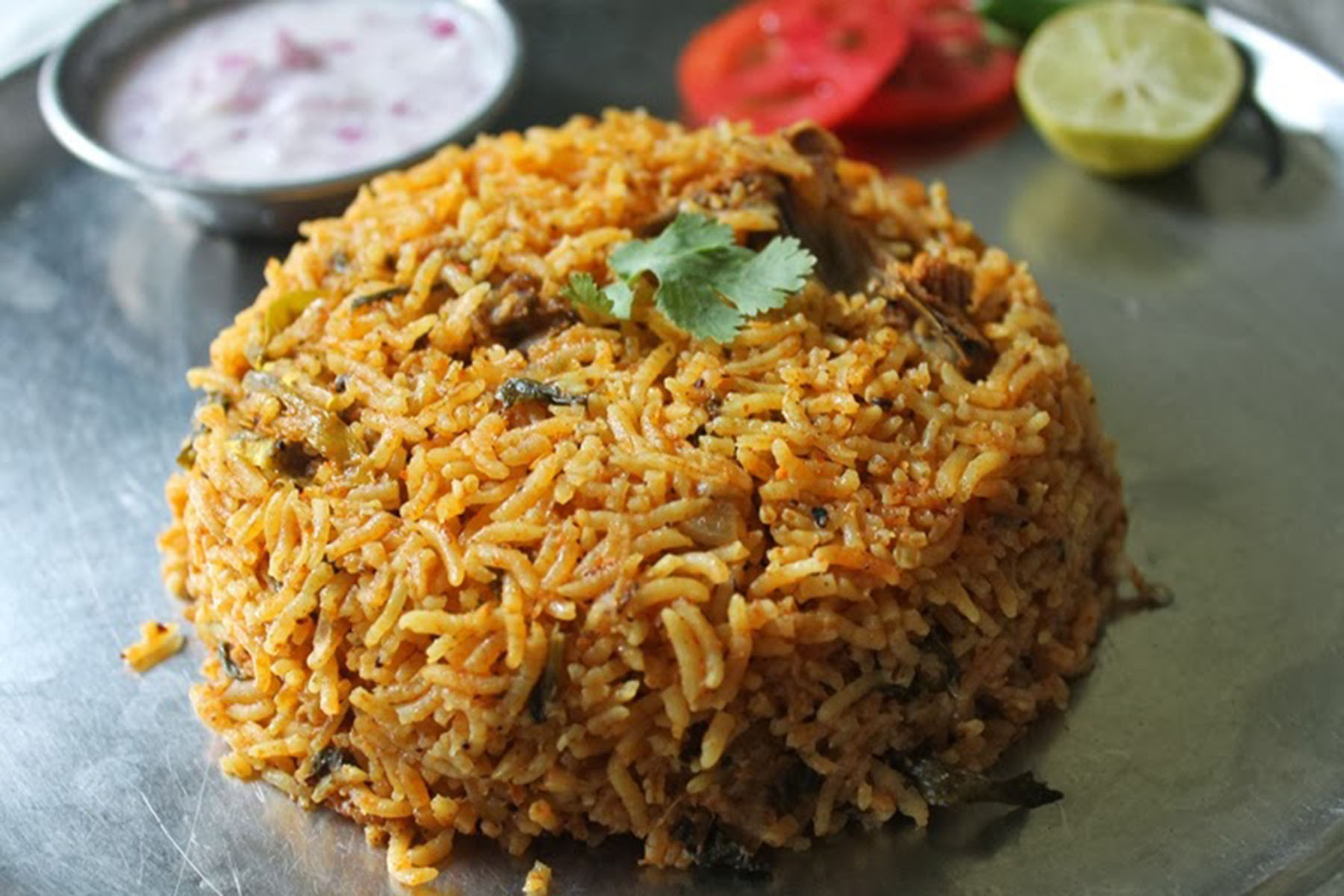
Dindigul biryani
Ambur Biryani (Tamil Nadu)
It’s hard to miss out on the Ambur biryani if you are in Tamil Nadu.Take a trip to the sleepy little town of Ambur and the first thing that’ll strike you is the in numerable biryani stalls dotting the Chennai-Bengaluru highway. There’s chicken, mutton, beef and prawn as options, with the flavour of mint and coriander standing out. The highlight of this biryani is the fact that chefs soak the meat in curd be fore adding it to the rice, which imparts a unique taste to the dish. Have it with onion raita and brinjal gravy.
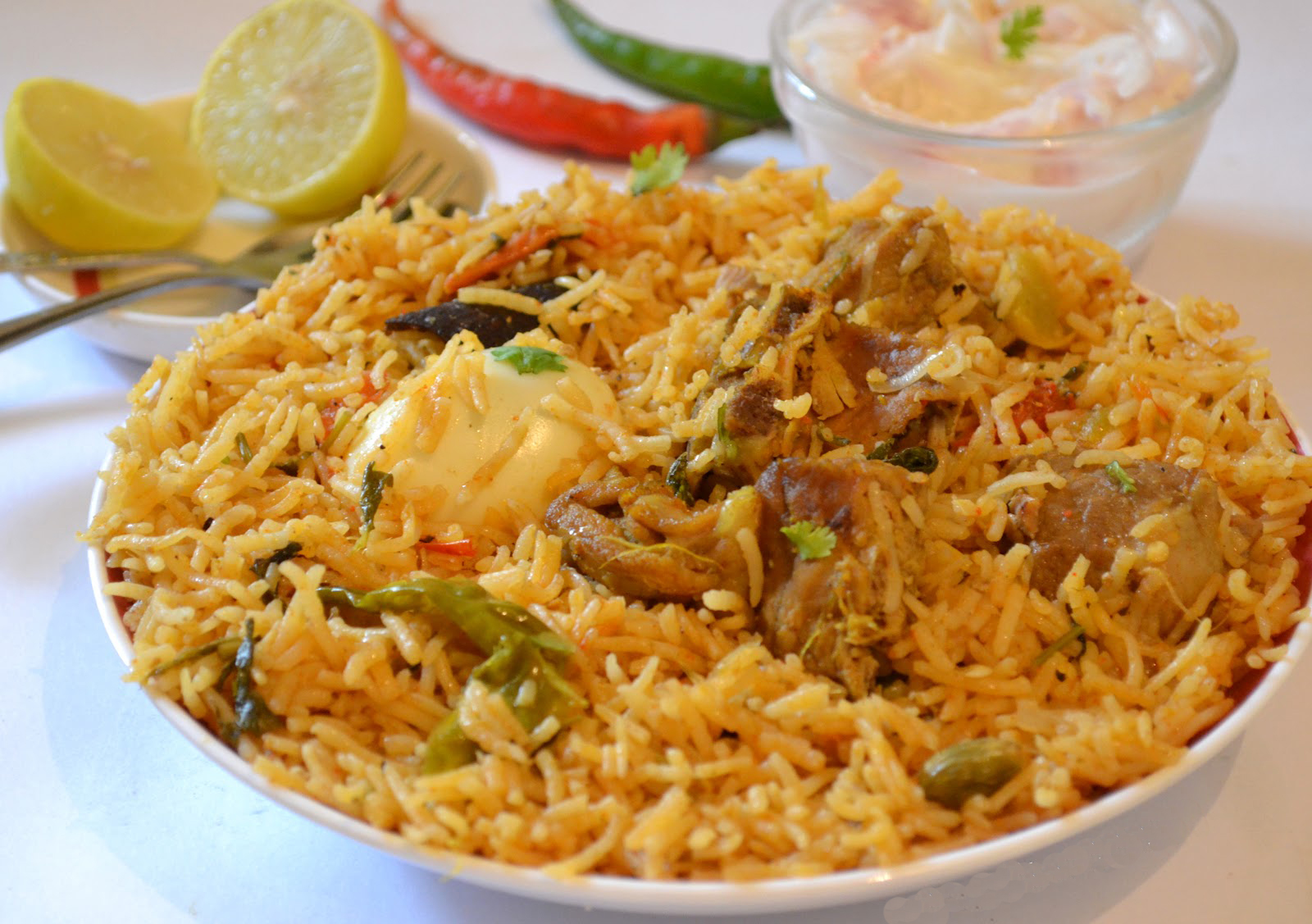
Ambur biryani
Bhatkali Biryani (Coastal Karnataka)
Coastal Karnataka: Though low on spice, the Bhatkali biryani has the right amount of flavour. This particular style originated from the Nawayath Muslim community of Bhatkal, in coastal Karnataka. They use a lot of onions, green chillies in their style of cooking – also in the layered format. Unlike Ambur biryani, in which mutton pieces are soaked in curd, Bhatkali biryani chefs cook mutton chicken pieces in curd. This eventually makes the biryani less spicy.
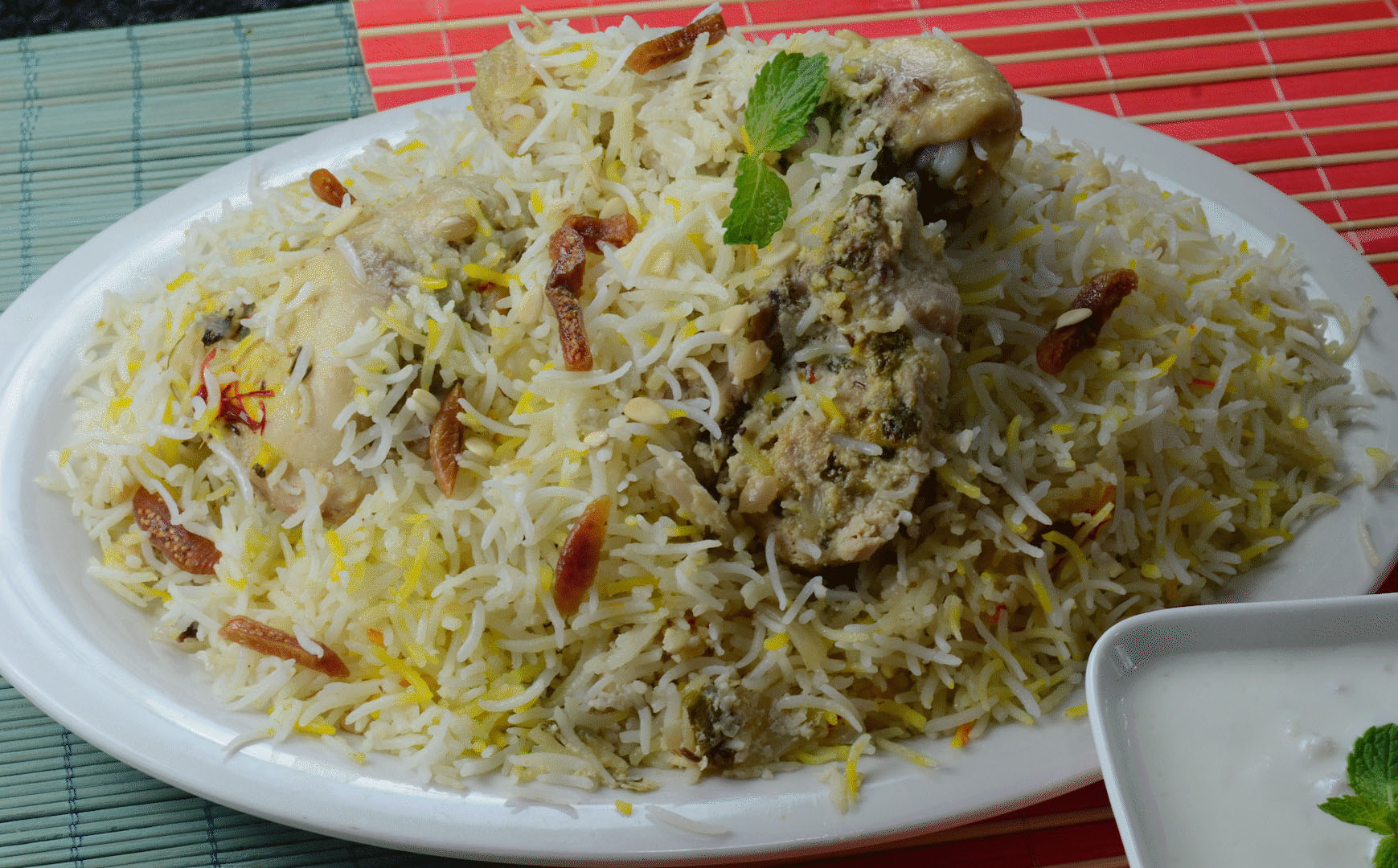
Bhatkali biryani
Beary Biryani (South Karnataka)
Beary Biryani comes from the Muslim community of the Dakshin Kannada region, and is derived from the spicier Mangalorean Biryani. The Beary Biryani, however, is the mildest biryani of all. The predominant flavour is the ghee and the spice mixture, which is kept in the rice overnight, allowing the flavours to seep in. The meats include chicken, mutton, prawns and beef.
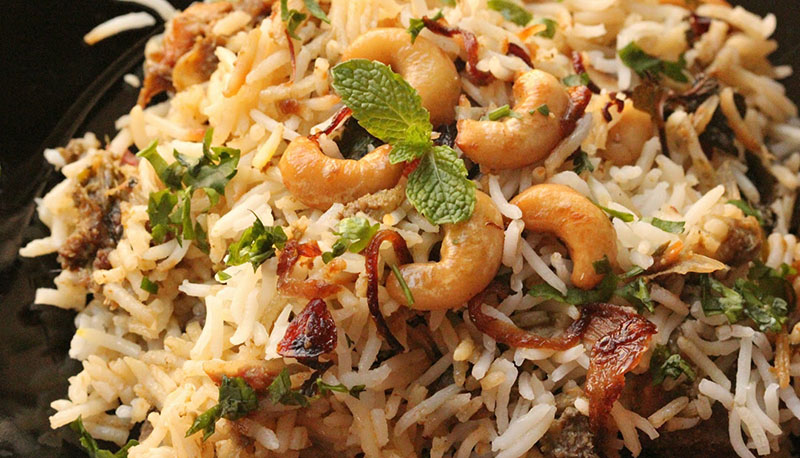
Beary biryani
Mangalorean Biryani (Karnataka)
Mangalorean biryani uses a generous amount of meat, yes, but what is more popular in their recipe is seafood. Being a coastal town, Mangalore has access to excellent fish and prawn varieties, and combined in biryani, these are simply divine. Green chillies impart the heat in the biryani, which is otherwise flavoured by ghee and very few other spices. There is heavy use of fennel and coriander, and the method of making this biryani is the pukki biryani method where half-cooked meat/fish is layered with rice in a sealed handi and slow-cooked.
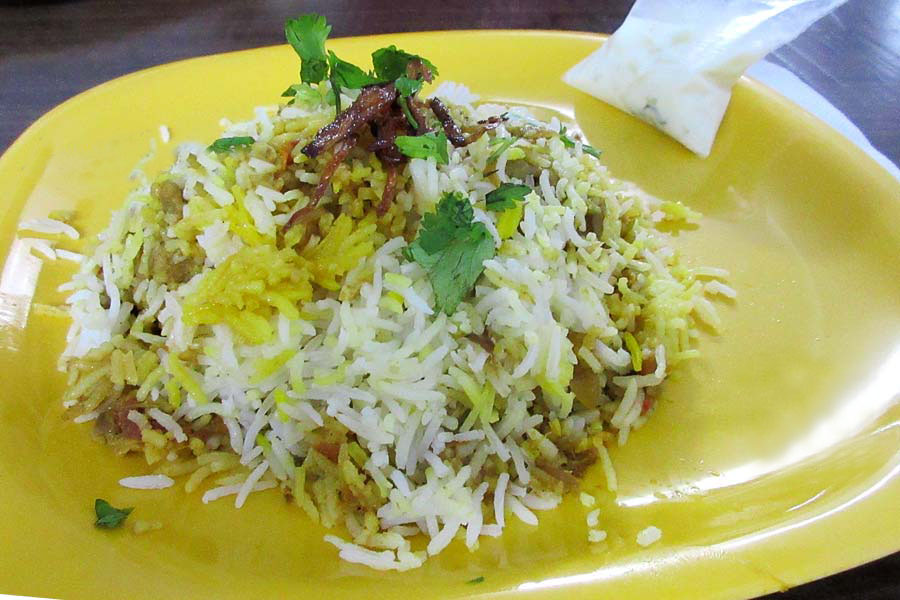
Mangalorean biryani
Memoni Biryani (Sindh – Gujarat)
The Memoni trading community of Sindh-Gujarat serves its own version of biryani, which is a derivative of the Pakistani Sindhi biryani. Memoni biryani is made with lamb, yogurt, fried onions, and potatoes, and fewer tomatoes compared to Sindhi biryani. Memoni biryani also uses less food colouring compared to other biryanis, allowing the rich colours of the various meats, rice, and vegetables to blend without too much of the orange colouring,so the colour in the biryani comes entirely from spices, which give Memoni biryani its signature fiery character.
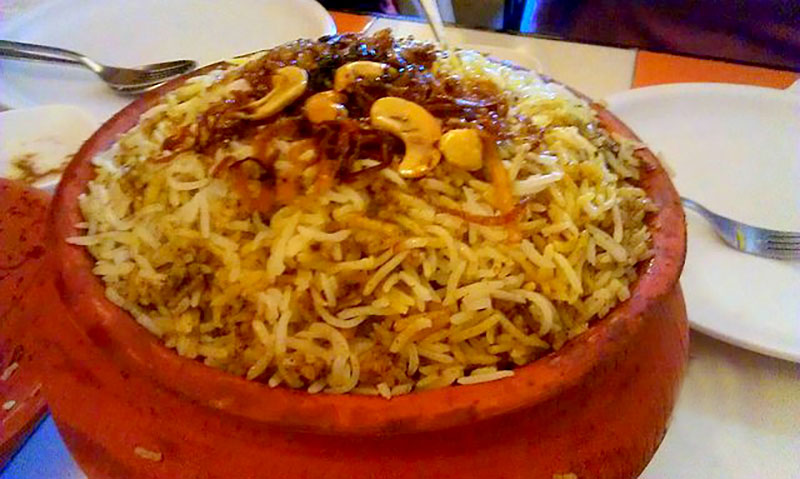
Memom biryani
Lucknowi Biryani (Uttar Pradesh)
Uttar Pradesh: Based on the Persian style of cooking, the Lucknowi biryani is made with the use of a completely different method known as dum pukht. As is the norm with most Persian formats, the meat and gravy are partially cooked and then layered in the dum pukht style. Served in a sealed handi, Lucknowi biryani is light on the stomach as it is low on spices.
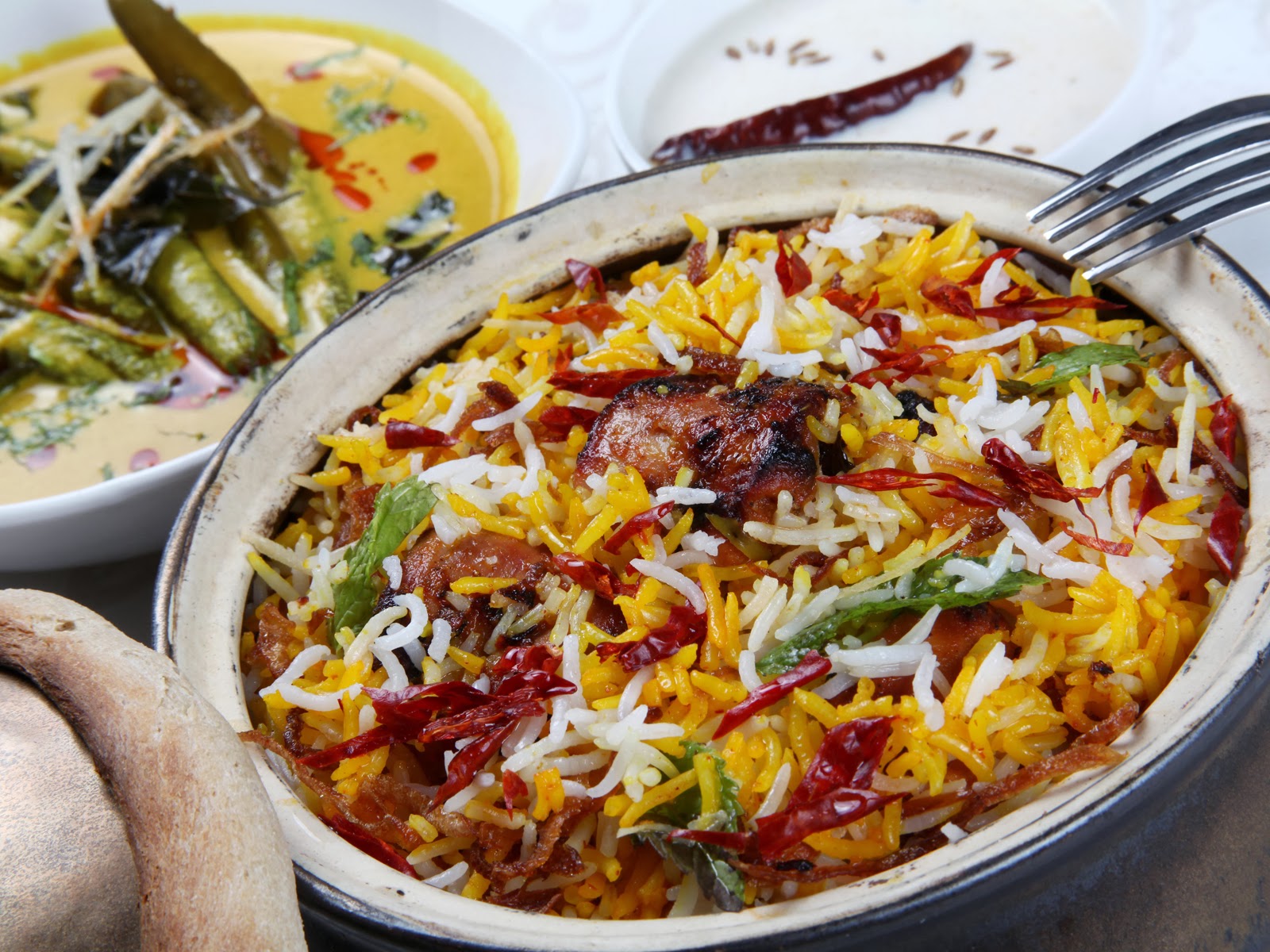
Lucknowi biryani
Tehri Biryani (Uttar Pradesh)
The traditional biryani was a meat dish, which proved to be a problem for the strictly vegetarian Hindu accounts officers at the Mughal court. Thus was born Tehari or Tehri, where the meat was substituted by potatoes, creating a vegetarian version of the cult dish. In Kashmir and parts of Uttar Pradesh, Tehri, laden with vegetables, is still a popular street food.
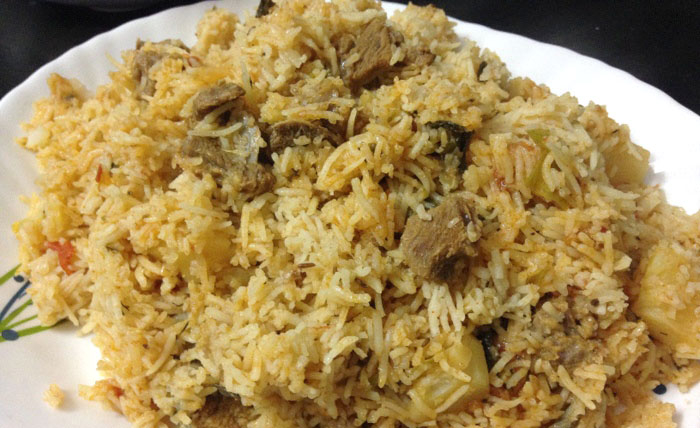
Tehri biryani
Kolkata Biryani (West Bengal)
West Bengal: Kolkata biryani has its roots in the Nawabi style biryani of Lucknow. The chefs from Awadhi kitchens brought the signature biryani recipe to Kolkata, which later got tweaked into the unique Kolkata biryani that we know today. The Kolkata biryani is unique, thanks to its subtle use of spices combined with ghee, Basmati rice and mutton. The addition of potatoes and boiled eggs also lends a different flavour to the d dish. Use of nutmeg along with saffron and kewra gives this biryani its signature aroma.
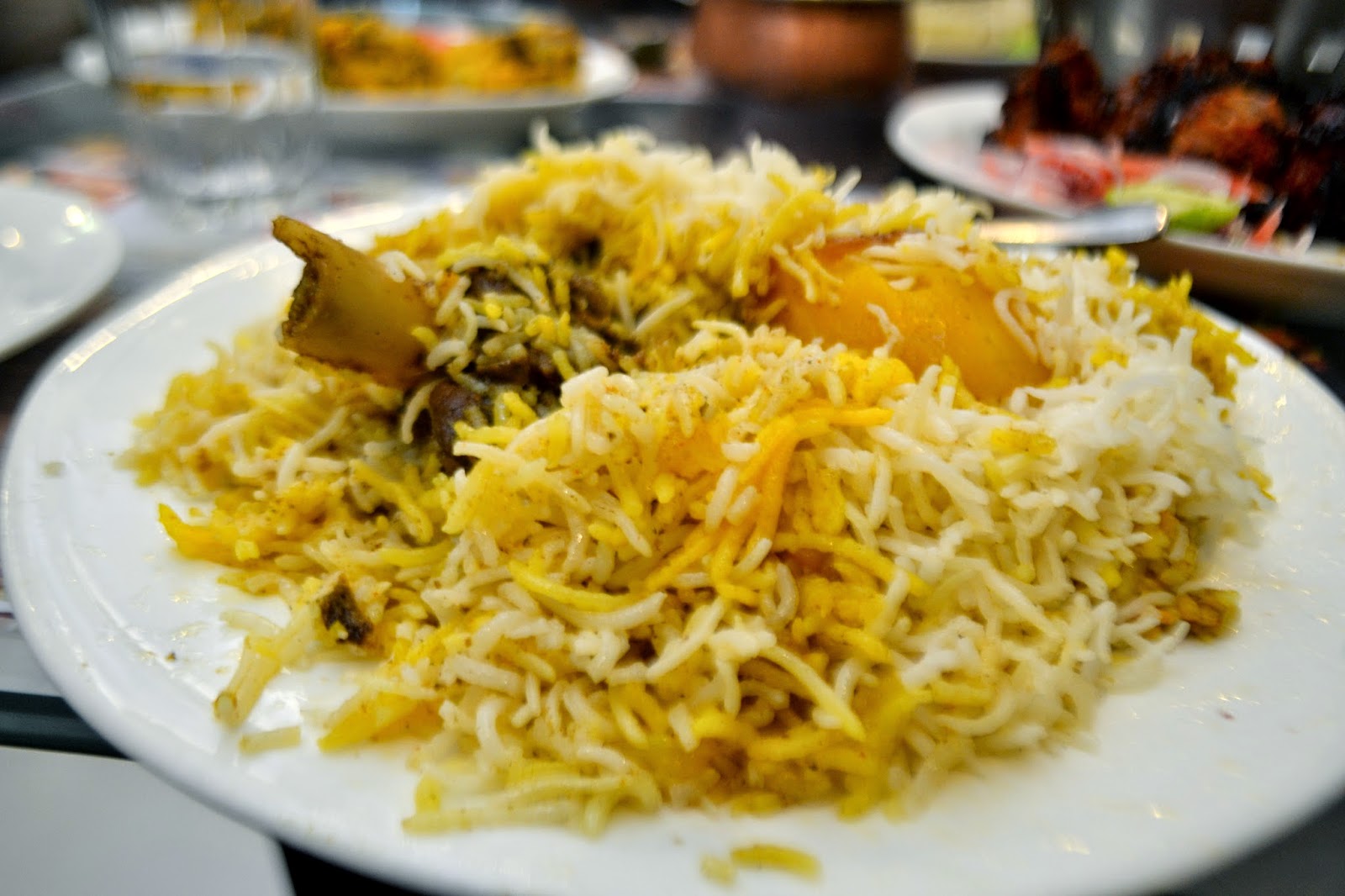
Kolkatta biryani
Malabar Biryani (Kerala)
Malabar biryani, famous in Kozhikode, Thalassery and Malappuram areas of Kerala, is characterised by the unique variety of rice called khyma rice, the rich flavour of spices, and the generous usage of cashew nuts and raisins. Chefs in Kerala add these ingredients generously while preparing the biryani. The key difference lies in the method of preparation. The rice is cooked separately from mutton gravy and mixed well only at the time of serving.
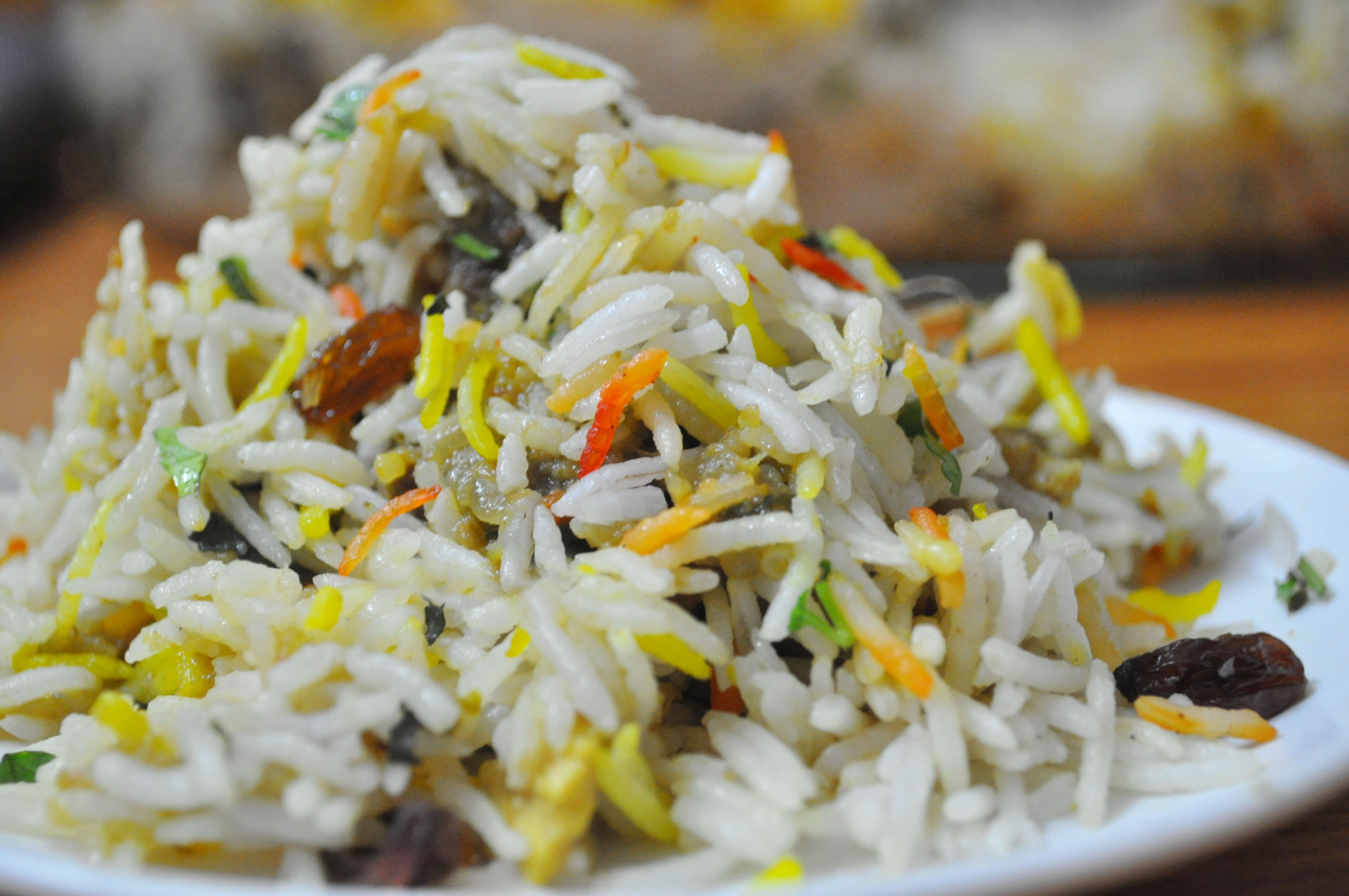
Malabar biryani
Mutanjan Biryani (Jammu & Kashmir)
A Kashmiri variant, Mutanjan Biryani is unique because of the large amount of sugar that goes into making it! Yes, sugar, you read us right! Akin to a zarda pulao, the Mutanjan biryani is prepared with an almost equal amount of mutton, rice and sugar, blended with cream, spices, saffron and screw-pine (Kewra) water as well as Rose water, making it one of the most unique on this list.
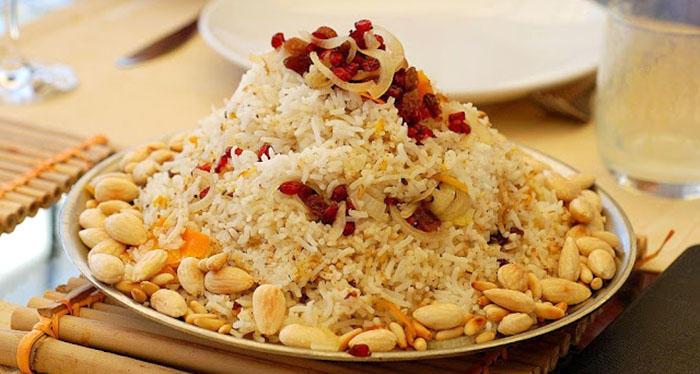
Mutanjan biryani
Bohra Biryani (Maharashtra)
The distinguishing factor in the west Indian Bohri biryani is the moistness. Cooked the dum way with charcoals over a slow-fire, the marinated meat is smoked, then layered with half-boiled rice and slow-steamed in a sealed pot for two hours to trap all the aromas. The seamless marriage of flavours during the cooking process yields a moist biryani, instead of a drier version that is more common elsewhere. The Bohri trader community of Mumbai zealously safeguards the traditional spices that go into the making of this biryani, and for them, it has to be just perfect or nothing.
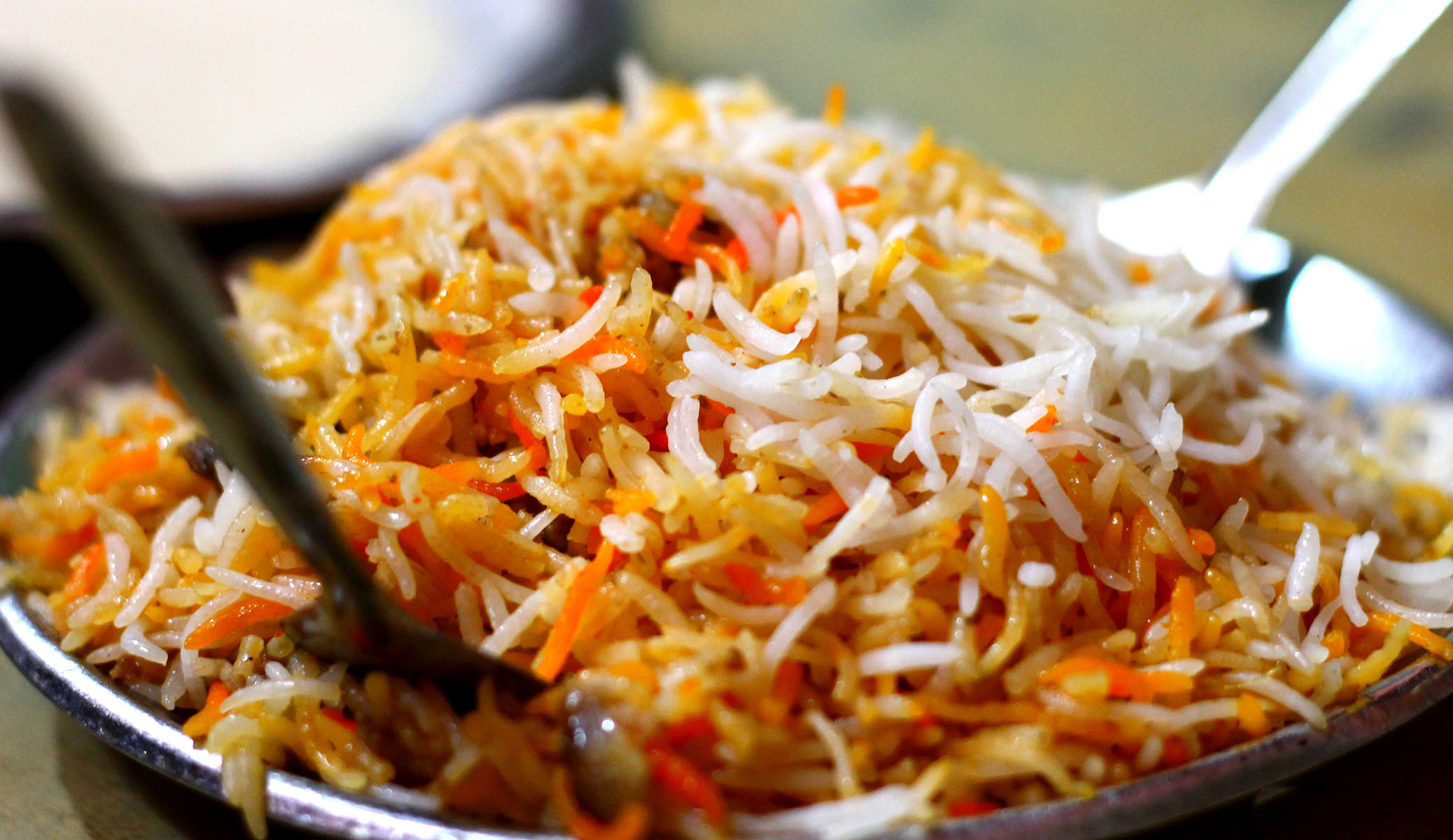
Bohra biryani
In Kathmandu, if you want to enjoy speciality Bohra biryani, drop in to Tasneem’s Kings Kitchen. We serve 100% halal biryanis cooked in traditional dum pukht style, exactly as done back home.

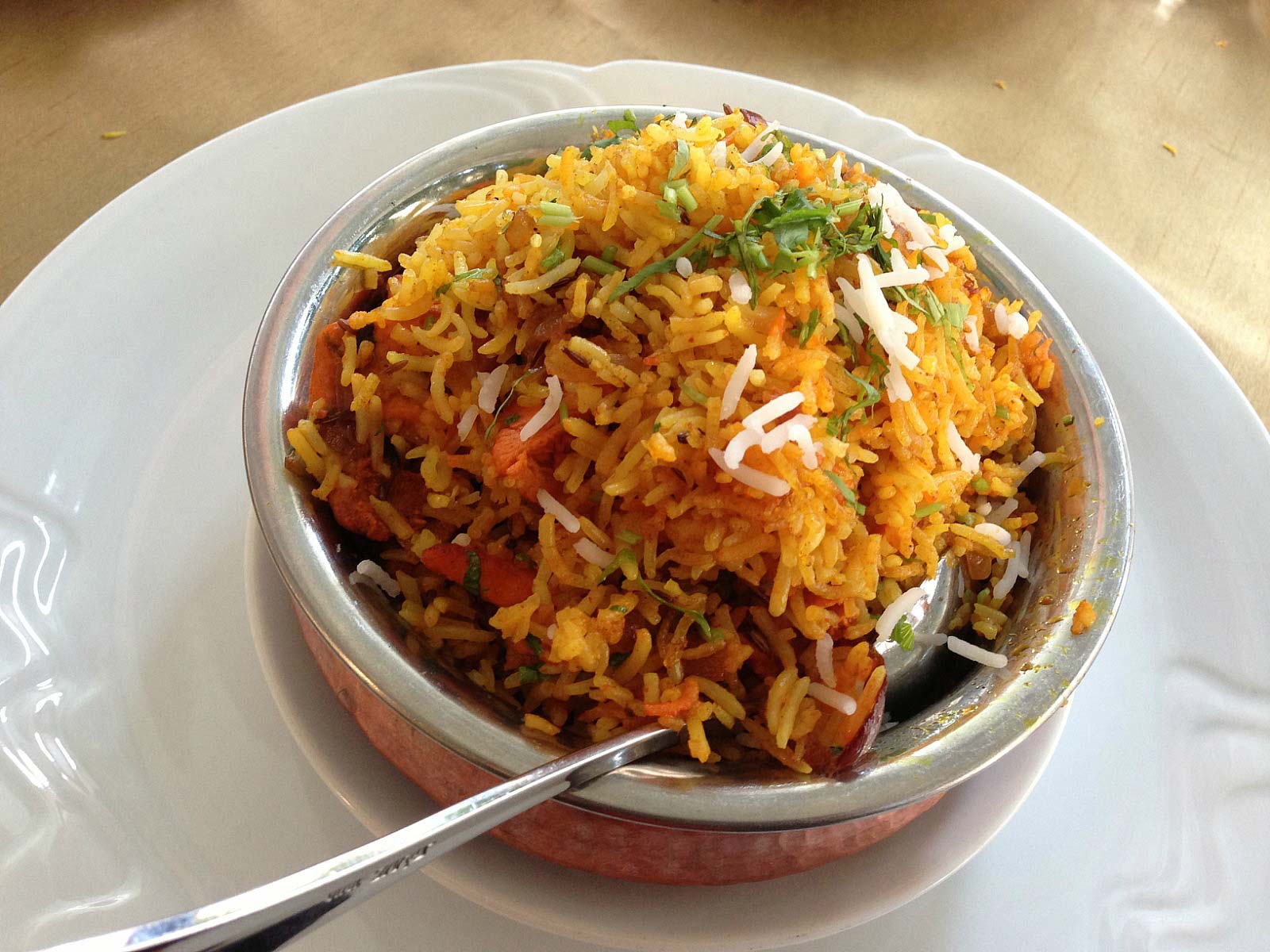
Comments are closed.